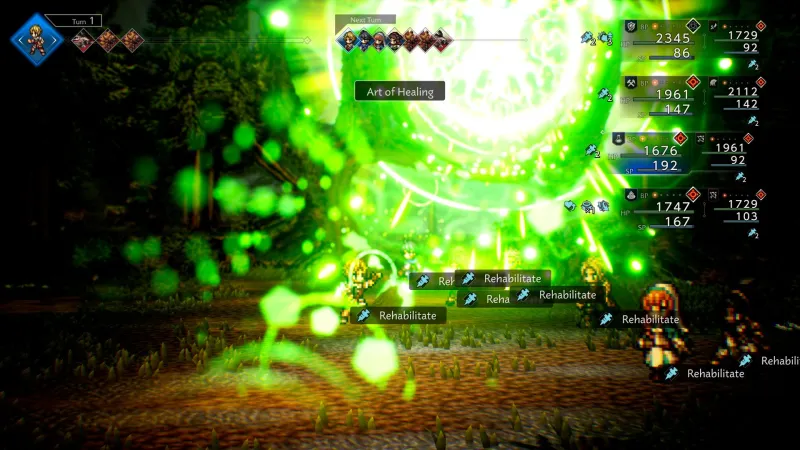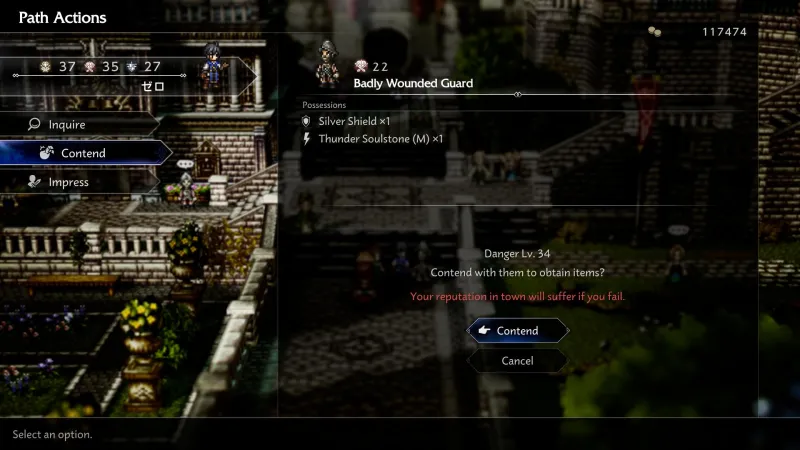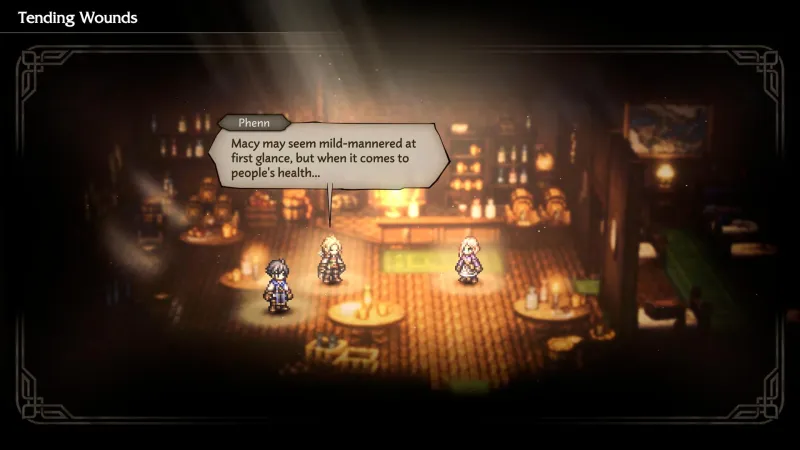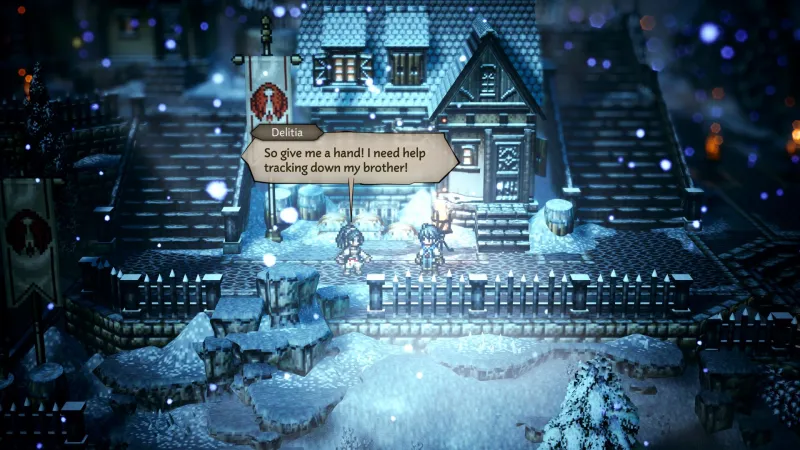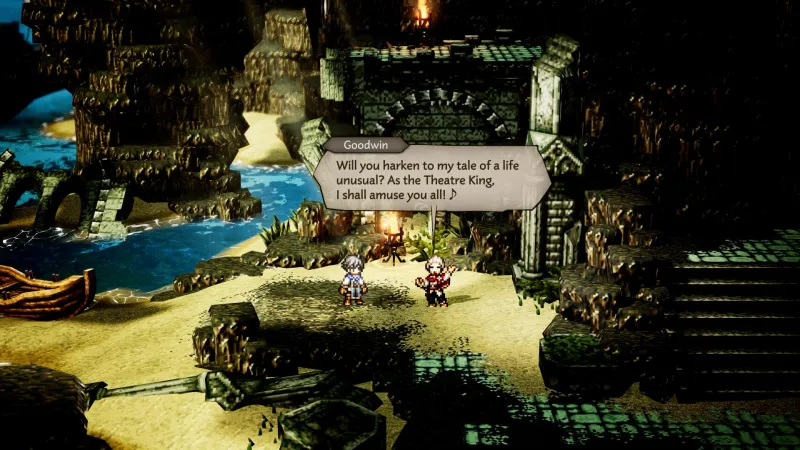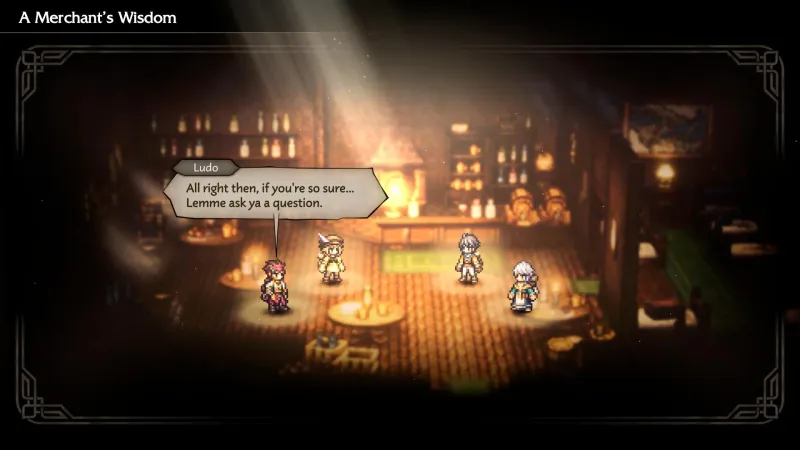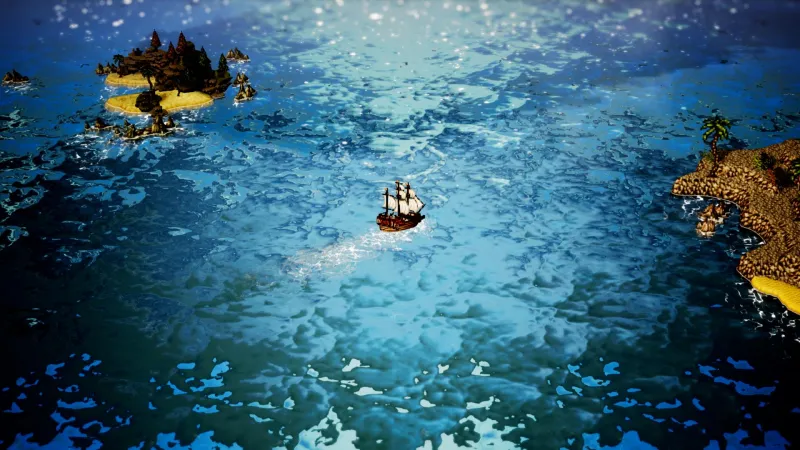Reading List
The most recent articles from a list of feeds I subscribe to.
Sony Set To Publish Four-Player Co-Op Shooter Developed By JJ Abrams' Bad Robot Games Studio

Sony Interactive Entertainment has announced that it will publish an unannounced cooperative shooter in development at JJ Abrams' Bad Robot Games studio. The unannounced game is a "four-player, cooperative shooter" that's being directed by Left 4 Dead creator and designer Mike Booth, and it's set to launch on PlayStation 5 and PC sometime in the future.
JJ Abrams announced in 2018 that his film production company, Bad Robot, was expanding to create a video game studio called Bad Robot Games. At the time, Bad Robot Games entered into a partnership with Chinese conglomerate Tencent for the venture, with Mortal Kombat publisher WB Games involved as a minority stakeholder, but it's unclear if those two companies are involved in this Booth-directed game.
"We're greatly impressed with the talent Bad Robot Games has assembled at their studio, and are thrilled to partner with them to help produce and publish their upcoming game," vice president and head of SIE 2P/3P Content Ventures and Strategic Initiatives Christian Svensson writes in a press release. "Their unique creative voice and passion for innovating across all forms of interactive entertainment perfectly aligns with SIE's mission to craft experiences that resonate deeply with players. We can't wait for gamers to step into the world they've been building."
Bad Robot Games is a division of Bad Robot, which is a movie production company behind the Mission: Impossible series, the Star Wars sequels, the 2010s Star Trek movies, and more. It is "a dedicated game studio working on new and existing transmedia franchises" and is fully remote.
What do you hope to see of Booth's cooperative shooter game? Let us know in the comments below!
Steam And The Epic Games Store Refuse To Sell Indie Horror Game Horses – Here's Why
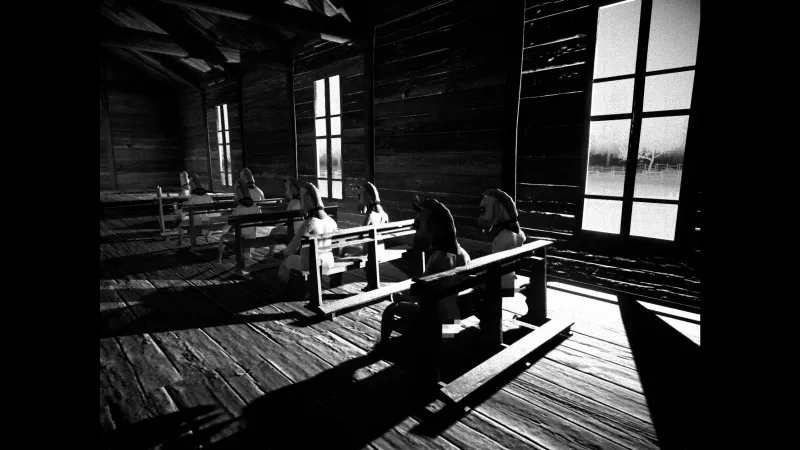
Update, 12/03/25 5:22 PM:
The Humble store has since re-listed Horses on its platform, making it available for purchase once again. The headline and body of the original story has been amended below to affect these changes. After the game's reinstatement, developer Santa Ragione provided IGN the following statement:
In short, their team saw the press coverage and temporarily delisted Horses to reevaluate it. After a full review they determined that while the content is heavy, nothing in the game warrants removal from their store.
We are grateful to Humble for having reconsidered and for taking the time to check out the game, although I wish they had informed us that this process was ongoing! We are happy that it has been resolved with the game being back on the store, and we wish Steam and Epic would also reconsider their stance based on the actual game contents.
The original story continues below.
Horses, a disturbing indie horror game, was set to launch yesterday on several digital storefronts, but in the past week, many of those retailers have refused to list it, including Steam, the Epic Games Store, and the Humble Store, though the latter platform has since reversed the decision. It's a move that has sparked controversy online, with many decrying it as unjust censorship of the game’s adult themes. But what, exactly, is in this game that makes it so offensive? Each platform has released its own statement, but in an interview with IGN, Pietro Righi Riva, co-founder of Horses developer Santa Ragione (which previously created titles like Saturnalia and Wheels of Aurelia), explained what he thinks happened.
The titular horses are not, in fact horses – the game's primary disturbing element is that the farm the player visits has a population of enslaved, nude humans wearing horse masks. The controversy is not solely related to the nudity or enslavement, but about a character's young daughter and her proximity to the "horses."

"The daughter wants to ride one of the horses (in the game the ‘horses’ are humans wearing a horse mask) and gets to pick which one," Riva told IGN. "What followed was an interactive dialogue sequence where the player is leading, by a lead as if they were a horse, a naked adult woman with a young girl on her shoulders. The scene is not sexual in any way, but it is possible that the juxtaposition is what triggered the flag."
Horses was rejected by Steam when it was submitted for review in 2023. Riva claims Steam never gave him a specific moment to explain the rejection, but the rejection message included a line that read, "Regardless of a developer’s intentions with their product, we will not distribute content that appears, in our judgment, to depict sexual conduct involving a minor." Assuming the issue was with the daughter character, they raised her age.

"We have since changed the character in the scene to be a twenty-something woman, both to avoid the juxtaposition and more importantly because the dialogue delivered in that scene, which deals with the societal structure in the world of Horses, works much better when delivered by an older character," Riva's statement continues. Despite the adjustment, Steam has not changed course. Reportedly, even after repeated contact between Riva and various representatives at Steam, he hasn't even received confirmation of what scene or element of the game caused the ban in the first place.
Yesterday, the ban expanded when the Epic Games Store, which had been set to sell Horses, reversed course at the last minute. Despite reportedly approving the game earlier in the year, the game was rejected 24 hours before its planned launch. The game has a store page and everything, and at the time of writing, Horses is still listed as "coming soon." Developer Santa Ragione received the following statement from the Epic Games Store, and a representative from Epic later confirmed to IGN that the statement was accurate:
We are unable to distribute Horses on the Epic Games Store because our review found violations of the Epic Games Store Content Guidelines, specifically the ‘Inappropriate Content’ and ‘Hateful or Abusive Content’ policies. The ‘Inappropriate Content’ policy prohibits content which “contains explicit or frequent depictions of sexual behavior or not appropriately labeled, rated, or age-gated.” The ‘Hateful or Abusive Content’ policy prohibits content that promotes abuse and animal abuse. This content is prohibited by our Guidelines and cannot be distributed on the Epic Games Store. Additionally, when we [Epic] filled out the IARC Questionnaire based on the content that we reviewed, it received an Adult Only (AO) rating. Products with AO ratings cannot be distributed on the Epic Games Store (the only exception is for products in cases where an AO rating was applied solely due to the usage of blockchain or NFT technology). You have some options on how to move forward: 1. You can make updates to your product to ensure compliance and resubmit it for review. 2. If you believe we made a mistake, you also have the ability to appeal this decision. You can appeal by replying to this email or creating a private discussion on our Developer Support site. Select "Epic Games Store" as the topic. 3. You cannot change the title or content to repurpose it for another game. If you choose not to move forward, we'll refund your submission fee for this product.
Riva has since claimed that the ban is more likely due to the increased media attention following the news that Steam would not be listing the game, but Epic has not confirmed this fact. Riva has also said that the studio filled out its own IARC questionnaire – a form which evaluates the rating of your game for PEGI, ESRB, and other video game content rating authorities – and unlike Epic's AO rating, Santa Ragione saw its game marked as rated M for Mature.
Earlier today, the game was unavailable on the Humble games store as well, but it has since been reinstated. You can read the developer's full statement regarding the Humble Store above, but the it claims the storefront merely temporarily delisted the game for further review.
Meanwhile, Horses has remained available on itch.io and GOG. It probably goes without saying, but the game contains adult and potentially objectionable content, so proceed to those links with caution. It's currently one of the best-selling games on GOG, as its bans have shone a spotlight on it that it might not have otherwise received.
Steam, The Epic Games Store, And The Humble Store Refuse To Sell Indie Horror Game Horses – Here's Why

Horses, a disturbing indie horror game, was set to launch yesterday on several digital storefronts, but in the past week, many of those retailers have refused to list it, including Steam, the Epic Games Store, and most recently, the Humble Store. It's a move that has sparked controversy online, with many decrying it as unjust censorship of the game’s adult themes. But what, exactly, is in this game that makes it so offensive? Each platform has released its own statement, but in an interview with IGN, Pietro Righi Riva, co-founder of Horses developer Santa Ragione (which previously created titles like Saturnalia and Wheels of Aurelia), explained what he thinks happened.
The titular horses are not, in fact horses – the game's primary disturbing element is that the farm the player visits has a population of enslaved, nude humans wearing horse masks. The controversy is not solely related to the nudity or enslavement, but about a character's young daughter and her proximity to the "horses."

"The daughter wants to ride one of the horses (in the game the ‘horses’ are humans wearing a horse mask) and gets to pick which one," Riva told IGN. "What followed was an interactive dialogue sequence where the player is leading, by a lead as if they were a horse, a naked adult woman with a young girl on her shoulders. The scene is not sexual in any way, but it is possible that the juxtaposition is what triggered the flag."
Horses was rejected by Steam when it was submitted for review in 2023. Riva claims Steam never gave him a specific moment to explain the rejection, but the rejection message included a line that read, "Regardless of a developer’s intentions with their product, we will not distribute content that appears, in our judgment, to depict sexual conduct involving a minor." Assuming the issue was with the daughter character, they raised her age.

"We have since changed the character in the scene to be a twenty-something woman, both to avoid the juxtaposition and more importantly because the dialogue delivered in that scene, which deals with the societal structure in the world of Horses, works much better when delivered by an older character," Riva's statement continues. Despite the adjustment, Steam has not changed course. Reportedly, even after repeated contact between Riva and various representatives at Steam, he hasn't even received confirmation of what scene or element of the game caused the ban in the first place.
Yesterday, the ban expanded when the Epic Games Store, which had been set to sell Horses, reversed course at the last minute. Despite reportedly approving the game earlier in the year, the game was rejected 24 hours before its planned launch. The game has a store page and everything, and at the time of writing, Horses is still listed as "coming soon." Developer Santa Ragione received the following statement from the Epic Games Store, and a representative from Epic later confirmed to IGN that the statement was accurate:
We are unable to distribute Horses on the Epic Games Store because our review found violations of the Epic Games Store Content Guidelines, specifically the ‘Inappropriate Content’ and ‘Hateful or Abusive Content’ policies. The ‘Inappropriate Content’ policy prohibits content which “contains explicit or frequent depictions of sexual behavior or not appropriately labeled, rated, or age-gated.” The ‘Hateful or Abusive Content’ policy prohibits content that promotes abuse and animal abuse. This content is prohibited by our Guidelines and cannot be distributed on the Epic Games Store. Additionally, when we [Epic] filled out the IARC Questionnaire based on the content that we reviewed, it received an Adult Only (AO) rating. Products with AO ratings cannot be distributed on the Epic Games Store (the only exception is for products in cases where an AO rating was applied solely due to the usage of blockchain or NFT technology). You have some options on how to move forward: 1. You can make updates to your product to ensure compliance and resubmit it for review. 2. If you believe we made a mistake, you also have the ability to appeal this decision. You can appeal by replying to this email or creating a private discussion on our Developer Support site. Select "Epic Games Store" as the topic. 3. You cannot change the title or content to repurpose it for another game. If you choose not to move forward, we'll refund your submission fee for this product.
Riva has since claimed that the ban is more likely due to the increased media attention following the news that Steam would not be listing the game, but Epic has not confirmed this fact. Riva has also said that the studio filled out its own IARC questionnaire – a form which evaluates the rating of your game for PEGI, ESRB, and other video game content rating authorities – and unlike Epic's AO rating, Santa Ragione saw its game marked as rated M for Mature.
As of today, IGN reports the Humble Store has banned the game as well, and accessing the link the game was previously listed at, humblebundle.com/store/horses, prompts an error message in the right corner of the screen that reads, "HORSES is no longer available for purchase." PC Gamer reports that a representative from Santa Ragione confirmed the game's removal, but at the time of writing, has not received a response from Humble.
Horses is still available on itch.io and GOG. It probably goes without saying, but the game contains adult and potentially objectionable content, so proceed to those links with caution. It's currently one of the best-selling games on GOG, as its bans have shone a spotlight on it that it might not have otherwise received.
Game Informer Is Now Available At Newsstands In The U.S. And Around The World
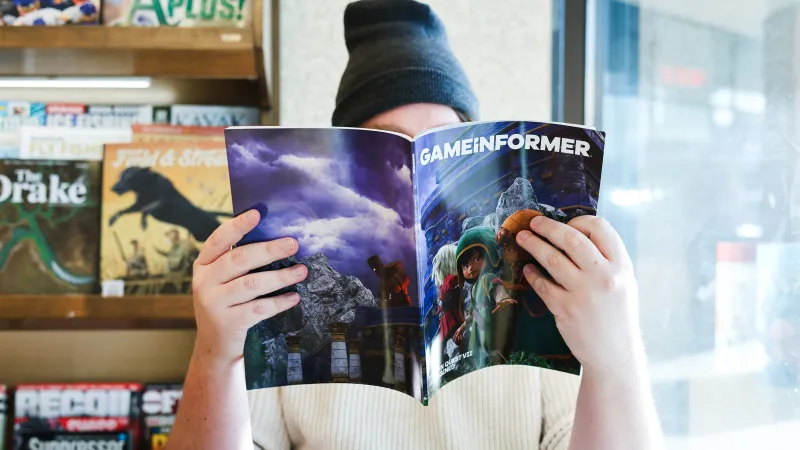
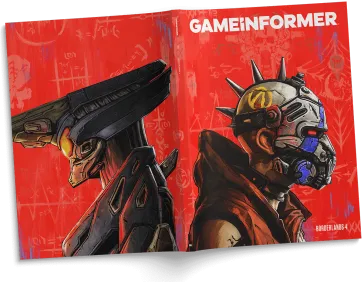

Subscribe And Get More
- Print + Digital (10 issues/yr)
- Exclusive Web Features
- Fewer Ads
- 5% Supports St. Jude
- 360+ Archived Magazines
2025 has been a big year for the team here at Game Informer, and we're incredibly grateful to all of you who have chosen to explore our content here on the site, and especially to those who have taken the leap to subscribe to the magazine. As we round out the year in which we relaunched Game Informer, we're happy to share a new milestone: Game Informer is now available at newsstands across the U.S, as well as in select locations internationally.
Beginning with our December issue featuring Dragon Quest VII Reimagined on the cover, readers can now visit local stores where magazines are sold and snag a new copy off the shelf.
Even as the list continues to expand, this first issue is available in the United States at Barnes & Noble, Books a Million, GameStop, and Gelson's, among other local markets. We are also excited to be appearing for the first time in several international locations, including magazine merchants in the United Kingdom, Australia, the Netherlands, Sweden, Germany, Austria, Portugal, Italy, Greece, Cyprus, Hungary, Turkey, the United Arab Emirates, Thailand, and Japan. Starting in January, the magazine will also appear on newsstands in Canada, France, Spain, and Poland.
We'll be expanding the scope of where you can find Game Informer Magazine over the coming months across newsstands, game stores, and more.
If you're already subscribed, nothing will change about the magazine – we will continue to offer exclusive and in-depth insight into the biggest games, creators, and stories happening around the industry, alongside previews, reviews, and more. For readers who want to try out a single issue first, the newsstand edition will offer that same editorial content.
If you haven't yet subscribed to the magazine, we hope it gives you a chance to page through and see the kinds of games we're featuring, the gorgeous layouts, and the work we put in to ensure each issue enriches your gaming hobby. You can click on the banner on this page or follow this link to subscribe today for a host of benefits: 10 issues a year including our end-of-year XL-sized Special Edition, comprehensive digital magazine access to over 370 issues going back to our very first release in 1991, exclusive web features, fewer ads, and the great feeling that comes with knowing 5% of your subscription purchase directly supports St. Jude Children's Research Hospital.
If you enjoy what we do, we'd invite you to consider picking up an issue for a friend or family member for holiday gifting. The word of mouth and support you can share about Game Informer's return is deeply appreciated.
For more information about our newsstand launch, please consider signing up for an account to subscribe to our newsletter, where we regularly share details on what you can look forward to reading in each issue.
Thanks for being a part of our community.
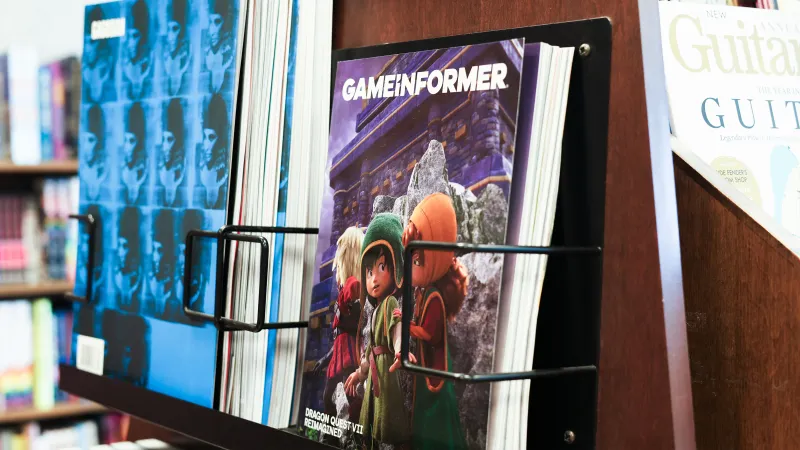
Octopath Traveler 0 Review - Going From Zero To Hero

Reviewed on:
Switch 2
Platform:
PlayStation 5, Xbox Series X/S, PlayStation 4, Xbox One, Switch, PC
Publisher:
Square Enix
Developer:
DokiDoki Groove Works, Square Enix
Release:
Rating:
Teen
Octopath Traveler 0 offers a significantly overhauled – and improved – PC and console port of the previously mobile-exclusive Octopath Traveler: Champions of the Continent. With the gacha mechanics stripped out, Octopath Traveler 0 is a premium, well-paced game. Its expanded gameplay mechanics distinguish it from its predecessors and it has a stronger focus on storytelling, but its bloated cast makes it hard to care about most of the characters.
Octopath Traveler 0 is a prequel that follows the Ringbearer, as they traverse through the continent of Osterra after their hometown, Wishvale, gets burned down by bad guys who are looking for the magical rings, ancient artifacts that grant immeasurable power. Whereas the previous two games told eight separate stories following each of the main party members and tried to interconnect them, Octopath Traveler 0 takes the opposite approach by focusing on two primary stories: the search for the rings and Wishvale’s revival. As a result, Octopath Traveler 0’s story is much more coherent.
The main supporting cast is smaller, featuring the upbeat architect Stia, the brave hunter Phenn, and the kind priestess Laurana. They receive the bulk of the character development, and this tighter emphasis makes them more compelling compared to the main casts of Octopath Traveler and Octopath Traveler II.
There are over 30 playable characters, and unfortunately they don’t get the same amount of time in the spotlight as the main cast. After meeting certain conditions, you can start a side quest to recruit them, providing some interesting backstories. But afterwards, most of them don’t really engage with the Ringbearer’s main quests, which makes them feel like an afterthought. While they do interact with each other in optional “party chat” cutscenes, viewing them doesn't provide any tangible reward, and so I ended up skipping most of them. They’re also not voiced, making them less impactful.
With the huge roster, Octopath Traveler 0’s gameplay has changed a bit. The amount of characters you can have in battle has been expanded to eight, with four in the front line and four in the back. This creates fun party setups to see which characters I can pair together to have the best synergy, as well as more opportunities to exploit enemy weaknesses since you have access to more elements and weapon types during battle.
The BP system remains virtually unchanged from previous games, but that’s a good thing. You can stack and spend BP to launch multiple standard attacks in a single turn, or make special skills more powerful, leading to increased damage and broken shields. The downside is that BP isn’t replenished on the turn you decide to use it, so there’s a strategic element to using the system. Should I wait to make my one attack hit much harder, or prioritize breaking an enemy’s shield with weaker hits first and stun them? It makes battles much more engaging, having to plan out my moves and adapt on the fly.
The HD-2D art style is, as usual, gorgeous, both during and outside of combat. Weapons and elemental spells are unleashed in a blaze of beautiful particle effects. Running around Osterra is a sight to behold as environments are breathtaking and immersive. The game runs smoothly on Nintendo Switch 2 as well, with no noticeable performance issues.
Restoring Wishvale plays like a fun town-building mini-game, but players shouldn’t expect something as meticulous or in-depth as games like Frostpunk or Cities: Skylines. Octopath Traveler 0 is an RPG first and foremost. The much more simplistic nature of its town-building mechanics feels non-intrusive and complements the RPG elements well. Not only does advancing Wishvale’s storyline provide more worldbuilding and character development, but you get substantial incentives too. For example, you can build a dojo for your benched party members to earn EXP while your main party is with you out in Osterra.
Octopath Traveler 0 is a slightly different approach to the series, especially since it’s made up of readjusted elements from the Champions of the Continent mobile game. Despite the inflated cast, the main characters are likable, and smart changes to the core battle system and the town-building aspect differentiate Octopath Traveler 0 from its predecessors. It's got a solid story and combat that puts a captivating twist on the classic turn-based formula. With a staggering amount of content, Octopath Traveler 0 will keep you entertained for dozens of hours.
